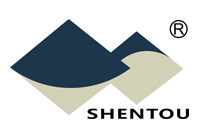CHINA AUTOMOTIVE SUPPLIER QUALITY MANAGEMENT BRIEFING
11/07/2020
Vol. 4, No. 11, November 2020

① QUALITY CHALLENGES & SOLUTIONS WITH YOUR SUPPLIERS IN CHINA
Case Study Of A Quality Complaint On Aluminum Die Casting Products
- The Importance Of Process Quality Capability Improvement
To Ensure Stable Product Quality
Case Description:
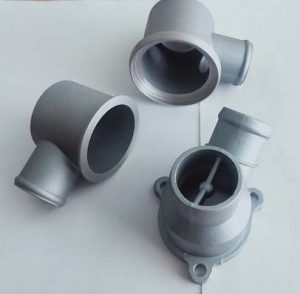 Customer A has been purchasing automotive thermostat housing parts made of aluminum alloy in China for a long time, After the parts arrive in Russia, they will be used on vehicles assembled by a Russian OEM. The products are delivered in industrial packaging for acceptance after die-casting, machining and surface treatment. Products are mostly transported by sea (steamer) or by land (train). Customer A’s orders are based on demands of the OEM’s vehicle production which are stable regardless of the season. In selecting suppliers, the customer regards price as the leading factor and the supplier’s quality management system as the reference factor.
Customer A has been purchasing automotive thermostat housing parts made of aluminum alloy in China for a long time, After the parts arrive in Russia, they will be used on vehicles assembled by a Russian OEM. The products are delivered in industrial packaging for acceptance after die-casting, machining and surface treatment. Products are mostly transported by sea (steamer) or by land (train). Customer A’s orders are based on demands of the OEM’s vehicle production which are stable regardless of the season. In selecting suppliers, the customer regards price as the leading factor and the supplier’s quality management system as the reference factor.
This case study looks at the quality complaints the supplier has received from the customer in the last two years. We will share our experience of their cause analysis and the corrective actions that have been taken.
The primary failure mode in this case: after the completion of production and inspection, no black mildew and black spots are found on the surface of the products. The goods are then packed and sent to Russia by either sea or land transportation at the instruction of the customer. The whole shipping process takes about one month. Over the past two years, the surfaces of each batch of goods received by the customer have developed black mold spots and black patches in different areas, with different shapes, sizes, and color depths. The proportion of the parts having the black mold spots is relatively high. These black mildew spots and black spots could not be removed by hand or cloth, seriously affecting the overall appearance quality of the product. The customer has had to carry out chemical cleaning before using, which not only increases the cost but also affects the delivery time of supply to the OEM.
After receiving the customer complaints, the supplier carried out various root cause analysis and took corrective actions, strictly following the complaint handling process. An 8D report was also submitted. No problems were found in self-inspections of the castings produced after rectification. But when the products were sent to the customer’s warehouse, the original problems still appeared and not completely solved. The customer and the supplier were both at a loss what to do next, so they turned to this author’s team seeking for help.
The author’s team made a detailed review of the customer’s complaints, the root cause analysis and rectification measures taken by the factory, and carried out a thorough observation and study of the production site according to the production process. We finally concluded that the main cause of this problem was the lack of drying treatment after the cleaning and passivation processes, and the secondary reason was that workers did not wear gloves in the packing process.
Generally speaking, there are many reasons for the surface blackening of aluminum die casting parts. There could be process execution deviations in many places in the production process. Non-compliance in a single process will already cause some quality problems, but when multiple issues were superimposed, and with the characteristics of aluminum die casting materials, the special environment in which the customer stores and uses the products, and some accidental factors in the long-distance transportation, serious quality issues will occur. Our conclusion is that to completely solve and prevent this problem, we must re-examine the whole product realization process, strictly enforcing the production process and continuously improving the process, so as to ensure the overall quality of the final product.
Starting from the next issue, the author will, using the complaint case as an example, analyze the many quality factors that may lead to black spots on the surface of die castings parts based on the whole production process, in an effort to demonstrate the importance of improving the process quality capability to the assurance of a stable product quality.
(To be continued)
By Felix SS YUAN
② CRITICAL FAILURE MODES / QUALITY CONTROL POINTS IN FOCUS
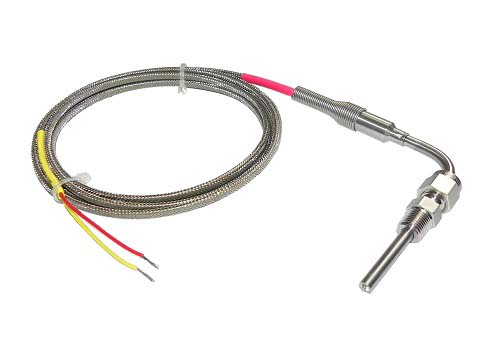
Exhaust Gas Temperature Sensors (EGTS)
Exhaust gas temperature sensors use resistors whose resistance changes with temperature. There are two types of sensors in wide use: those using positive temperature coefficient (PTC) thermistors and those using negative temperature coefficient (NTC) thermistors. The exhaust gas temperature sensors are equipped with heat-resistant sensors operating in the range from -40 ° C to +900 ° C.
The temperature information is relayed back to the engine control unit (ECU), where appropriate action is taken. In petrol engines, its main role is to protect key components from the higher temperatures common with downsized engines, so if the sensor detects excessive temperatures, the ECU will reduce the temperature by lowering boost pressure in the case of the turbocharger, for example, or increasing the quantity of fuel injected for the catalytic converter. In diesel engines, exhaust gas temperature sensors are also used to monitor the temperature of the diesel particulate filter (DPF) to establish the correct temperature for regeneration, reducing harmful emissions. It is common to have three or more sensors fitted to the exhaust; one prior to the turbocharger, one before the DPF and the third after the particulate filter.
Primary failure modes
Burn-out from high temperature, circuit damage and signal misalignment. These, alongside contamination from other fluids such as oil or antifreeze, can all affect the sensor’s response characteristics, causing it to drift out of tolerance and provide inaccurate readings.
The main causes of the failure are poor temperature resistance of materials, poor strength and durability, circuit damage after high and low temperature and vibration. Signal misalignment is mainly caused by poor welding quality and chip quality.
By Andy RS ZHANG
③ KEY CONCEPTS & PRACTICES IN SUPPLIER QUALITY MANAGEMENT
ISO45001 Certification
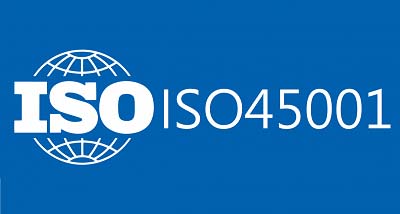
ISO 45001 is an international standard for an occupational health and safety (OH&S) management system, for organizations to provide safe and healthy workplaces by preventing work-related injury and ill health, as well as by proactively improving its OH&S performance.
ISO 45001 is applicable to any organization that wishes to establish, implement and maintain an OH&S management system. The standard does not address issues such as product safety, property damage or environmental impacts, beyond the risks to workers and other relevant interested parties.
The latest edition of the standard is ISO 45001:2018.
④ CHINA INDUSTRY & MARKET UPDATE
Cost of raw materials:
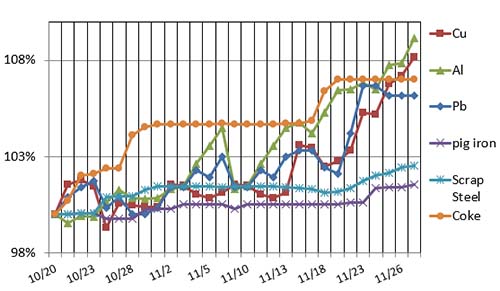
Exchange rates:
![]() USD/RMB: 1:6.345
USD/RMB: 1:6.345
![]() EUR/RMB: 1:7.8361
EUR/RMB: 1:7.8361
![]() RUB/RMB: 1:0.0857
RUB/RMB: 1:0.0857
November 2020
The above information is for reference only
⑤ IT HELPS TO KNOW...

There is definitely light at the end of the tunnel. Several pharmaceutical companies are about to have the vaccines for COVID-19 ready. Yet because of the sheer number of the people to take the vaccines, the earliest time for a basic normal life in many parts of the world would probably be around the middle of 2021.
Before that happens, the global business communities still have to try to maintain a certain degree of “normal” operations, while COVID-19 will continue hitting us wherever it wants, including here in China.
With the Automechanika Shanghai 2020 right around the corner (December 2 to 5, Shanghai China), Shanghai has recently reported several new confirmed cases of COVID-19. Right away people are panicked again. Some factories have already cancelled their participation in the show, the newly-reported cases have just made more people nervous.
However, the event organizer is very serious and is doing everything they could to make sure that all participants and visitors are safe. We are confident that this year’s event will still be run smoothly and safely.
SHENTOU SUPPLY CHAIN MANAGEMENT CO. LTD. is a Shenzhen, China, based company serving international automotive clients in the implementation of their China strategies and programs. CHINA AUTOMOTIVE SUPPLIER QUALITY MANAGEMENT BRIEFING is a bi-monthly newsletter published by Shentou to address the specific and unique quality challenges and concerns international automotive companies face with suppliers in China. Comments are welcome at qms@shentou.com. Click here to subscribe.
